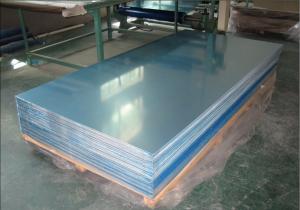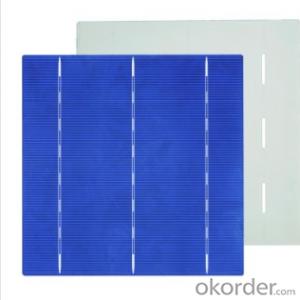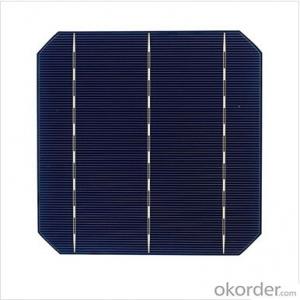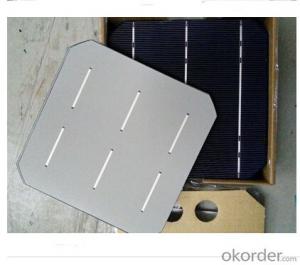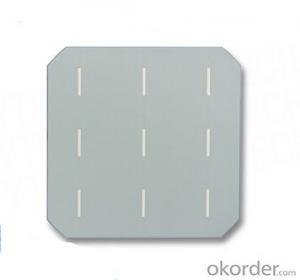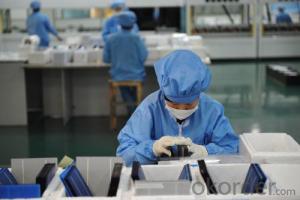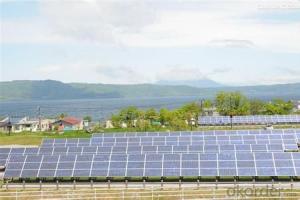Applied Materials Solar Cells
Applied Materials Solar Cells Related Searches
24 X 50 Aluminum Trim Coil Last Day On Earth Aluminum Plate An Aluminum Plate E 74 Gpa My Time At Portia Aluminum Plate Rzr Xp 1000 Aluminum Skid Plate Aluminum Battery Stock Aluminum Fence Extensions Aluminum Electrical Wiring aluminum extrusion process flow chart Remington 700 Aluminum StockHot Searches
Cheap Solar Cells For Sale Flexible Solar Cells For Sale Q Cells Solar Panels For Sale Printed Solar Cells For Sale Bulk Solar Cells For Sale 6x6 Solar Cells For Sale Broken Solar Cells For Sale Cpv Solar Cells For Sale Photoelectric Cells For Sale Price Of Silicon Solar Cells Price Of Solar Cells Over Time Buy Solar Cells From China Cheap Solar Cells China Best Type Of Solar Cells Flexible Solar Cells Price Q Cells Solar Panels Price 3 Types Of Solar Cells Production Of Solar Cells Common Types Of Solar Cells Q Cells Solar Panel PricesApplied Materials Solar Cells Supplier & Manufacturer from China
Okorder.com is a professional Applied Materials Solar Cells supplier & manufacturer, offers integrated one-stop services including real-time quoting and online cargo tracking. We are funded by CNBM Group, a Fortune 500 enterprise and the largest Applied Materials Solar Cells firm in China.Hot Products
FAQ
- Solar cells are designed to be resilient and can withstand high winds and hurricanes. They are typically installed securely and firmly on rooftops or in ground-mounted systems. Additionally, solar panels are built with durable materials and undergo rigorous testing to ensure they can withstand extreme weather conditions. In regions prone to hurricanes, solar installations are often engineered to meet specific wind load requirements to ensure their stability.
- Solar cells are used in military applications to power various devices and equipment, such as communication systems, surveillance equipment, and remote sensors. They provide a reliable and renewable source of energy in remote locations where traditional power sources may be limited or unavailable. Additionally, solar cells can be integrated into portable solar panels, backpacks, or tents, allowing soldiers to charge their electronic devices and batteries on the go, enhancing their operational efficiency and reducing their reliance on fuel-based generators.
- Yes, solar cells can be used to power satellites. In fact, they are the primary source of power for most satellites in space. Solar cells convert sunlight into electricity, which is then used to power the satellite's systems and equipment.
- The impact of snowmelt on solar cell efficiency is generally positive. Snow on solar panels can reduce their efficiency by blocking sunlight and preventing the cells from generating electricity. However, when snow melts, it cleans the panels and allows them to receive more sunlight, thus increasing their efficiency.
- Solar cells play a crucial role in powering remote surveillance systems by harnessing the sun's energy and converting it into electricity. This renewable energy source allows surveillance systems to operate in remote locations without relying on traditional power grids or expensive fuel sources. Solar cells provide a sustainable and reliable power supply, ensuring continuous operation of surveillance equipment, including cameras, sensors, and communication devices, even in areas without access to electricity.
- The role of solar cells in powering agricultural irrigation is to harness the energy from the sun and convert it into electricity. This renewable energy source is used to operate irrigation systems, providing power for pumps and other equipment required for efficient water distribution to crops. Solar cells offer a sustainable and cost-effective solution, reducing reliance on fossil fuels and minimizing the environmental footprint of irrigation practices in agriculture.
- Yes, solar cells can be used to power remote surveillance cameras. Solar cells convert sunlight into electrical energy, which can be stored in batteries and used to power the cameras. This eliminates the need for a constant electrical supply, making solar-powered surveillance cameras ideal for remote locations where access to electricity may be limited or unavailable.
- Yes, solar cells can be effectively used for powering remote data collection devices. Solar cells convert sunlight into electricity, providing a sustainable and reliable source of power in areas where access to conventional electricity may be limited or non-existent. By harnessing solar energy, remote data collection devices can operate autonomously without the need for frequent battery replacements or external power sources, making them ideal for applications such as weather monitoring stations, wildlife tracking devices, or environmental sensors in remote locations.



